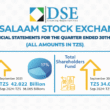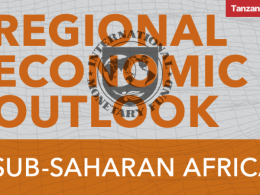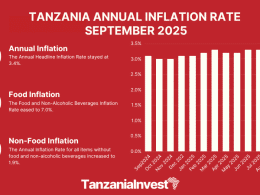According to recent International Monetary Fund (IMF) estimates, Tanzania’s inflation will decrease below 10 percent by end-June 2013 thanks to a slight reduction in the growth of monetary aggregates.
Such forecast is part of the IMF Country Report on Tanzania published on 17th January 2013 according to which Tanzania’s economic activity has been strong and broad based, with growth projected at about 7% in the medium term.
The document has been released following the Letter of Intent transmitted to IMF by the Ministry of Finance of Tanzania on 19th December 2012 describing the policies that the government intends to implement in the context of its request for financial support from the IMF.
Thanks to an appropriate 2012/2013 national budget, good GDP growth in 2012 and sufficient debt sustainability, IMF has allowed Tanzania to borrow money from foreign commercial banks without restrictions.
According to the IMF World Economic Outlook published on October 2012, Tanzania’s GDP average growth has been 6.8% between 2007 and 2012, while the inflation average rate has been 10.8% for the same period.
However, higher inflation rates have been a challenge in the last couple of years with a peak of 20% in December 2011.
Since then, Annual Headline Inflation Rate gradually declined to 13% in October 2012 and stayed at 12.1% in December thanks to Bank of Tanzania (BoT) tighter monetary policies. Annual Average Inflation rate for 2012 was 12.1%.










